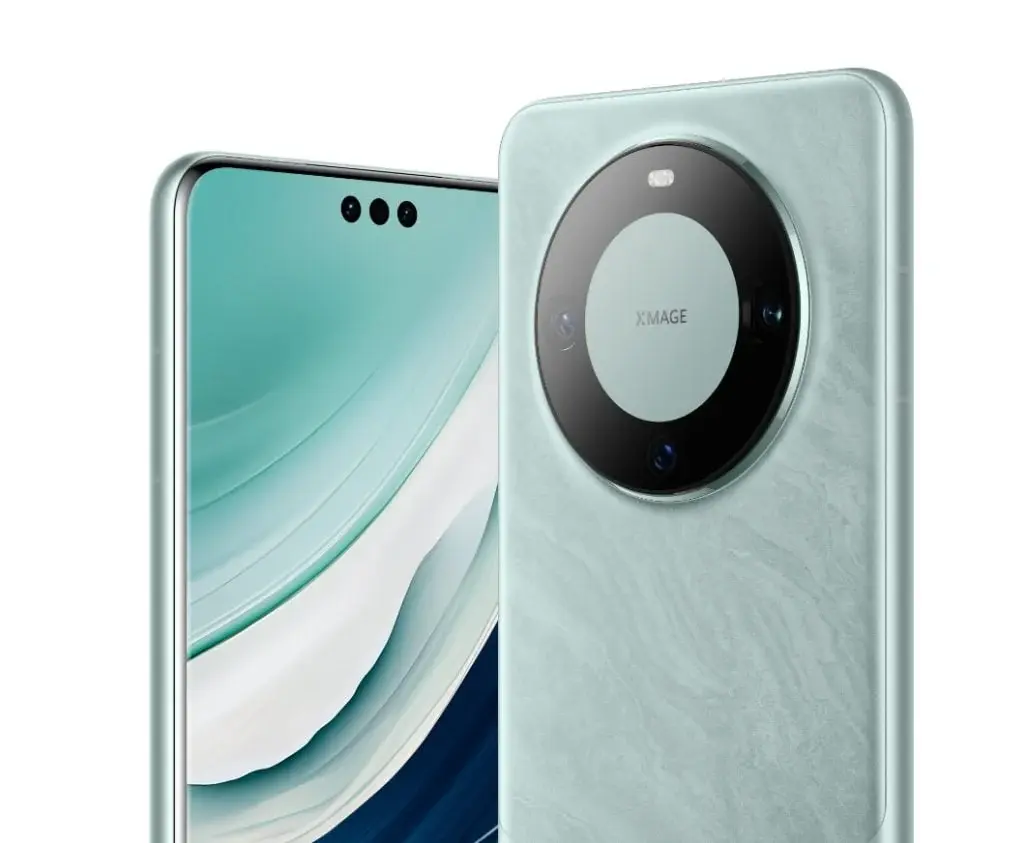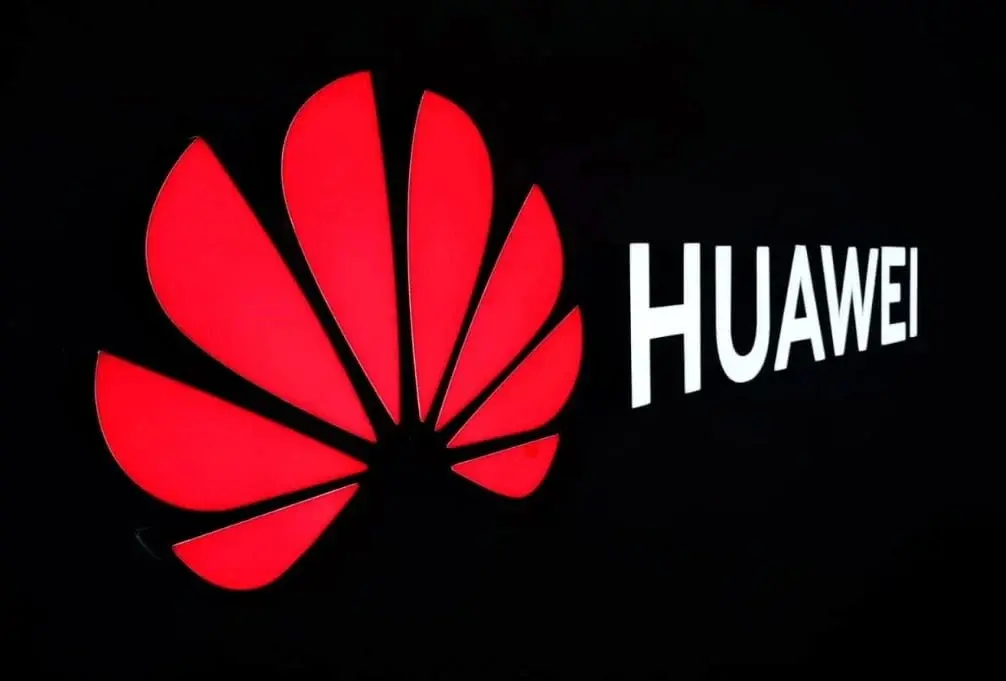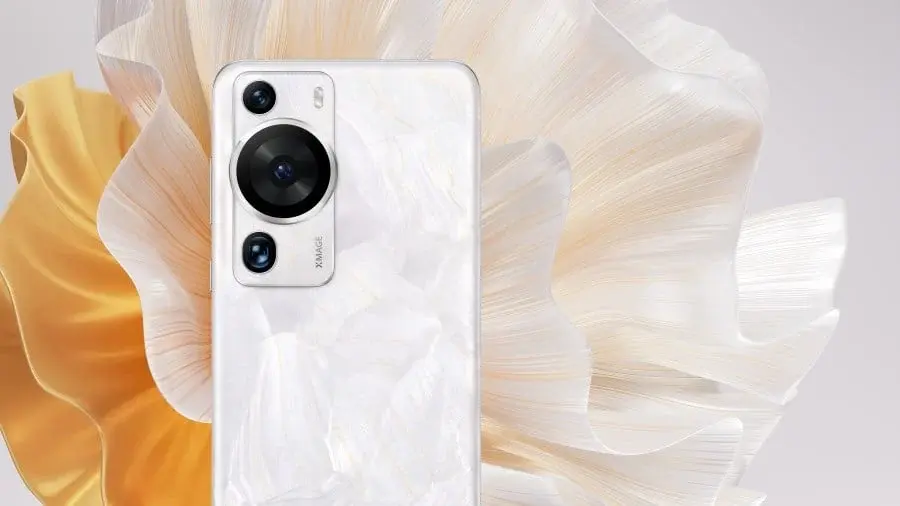Despite facing crippling US sanctions, Chinese tech giant Huawei has managed to release a new 5nm chip called the Kirin 9006C SoC. This is a significant development following the unveiling of the 7nm Kirin 9000S chip just a few months ago, which is used in the latest Mate 60 series smartphones.
Impact of US sanctions on China’s tech sector
The US sanctions have had a severe impact on China’s tech sector, particularly on homegrown brands like Huawei. These sanctions have limited access to critical semiconductors and silicons from American companies such as Qualcomm, affecting numerous Chinese firms.
Breakthrough with the Kirin 9000S
Earlier this year, Huawei achieved a breakthrough with the 7nm ARM processor, the Kirin 9000S. This processor, manufactured by SMIC (Semiconductor Manufacturing International Corporation), powers the Huawei Mate 60 and has shattered sales records in China. Despite not matching the latest offerings from Qualcomm or MediaTek, the Kirin 9000S is a remarkable advancement considering SMIC’s current hardware capabilities.
Introducing the Kirin 9006C
The release of the Kirin 9000S was not a one-off accomplishment. It marked the beginning of a series of chips designed to overcome the US sanctions. Huawei is now taking it a step further with the introduction of the Kirin 9006C SoC.
Specifications of the Kirin 9006C
The Kirin 9006C features eight ARM CPU cores, comprising four A77 and four A55 cores, with a maximum clock speed of 3.13GHz. While these specifications may not appear groundbreaking, the real highlight is the chip’s 5nm process node technology. This is a significant milestone achieved by Huawei despite the US sanctions. Similar to the Kirin 9000S, the Kirin 9006C is expected to be manufactured by SMIC.
Future possibilities for the Kirin 9006C
Currently, the Kirin 9006C can only be found in Huawei’s Qingyun L540 laptop. However, its potential extends far beyond that. There are rumors suggesting that Huawei will incorporate this powerful new 5nm Kirin chip into their upcoming P70 smartphone series, which is expected to be announced early next year.
In conclusion, despite facing challenges due to US sanctions, Huawei has managed to defy expectations and release the Kirin 9006C, a 5nm chip that pushes the boundaries of technology. This achievement showcases Huawei’s determination to overcome obstacles and continue innovating in the tech industry.










